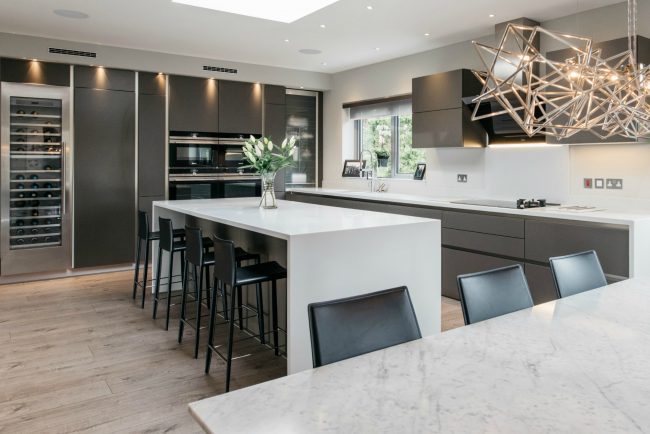6 Wood staining tips and tricks
Whether you’ve found an exciting piece of furniture that you want to upcycle or you want to give your wooden furniture a new lease of life, wood staining is a great way of giving a new lease of life to hardwood items. Wood staining is a task that can be completed with minimal DIY skills, however, it pays to do your research before starting as it can get messy if you’re not careful. In this article, we explore 6 wood staining tips and tricks to get your wooden items shining brightly.
- Which wooden items need staining?
Before getting started, it is important to think about whether the item you are considering staining requires this process. The purpose of wood staining is, ultimately, to improve the look of the wooden surface and allows you to alter the color of the wood to either a different natural shade or an alternative color entirely.
Wood staining is an ideal solution for tired pieces of wooden indoor furniture that you wish to enhance but it will not provide protection if your wooden item is to be exposed outside. If you are wanting to improve the strength and durability of items that will be exposed to the elements you will be better off using a wood sealer for this purpose.
- Choosing the right stain
Once you’ve decided that staining is the correct course of action, you now need to think about which type of wood stain you need for your project. There are many different categories of stain to choose from (not to mention color!), however, the main consideration is whether you go for an oil stain or water-based stain.
Oil stains are made up of a linseed oil base and take a long time to dry, this is helpful if you are painting a large area and are hoping for a smooth and consistent finish such as when staining wooden floors. Water-based stains are generally easier to apply than oil stains and have the benefit of releasing less of an odor, and are less toxic. They are much quicker to dry than oil stains (drying in about 24 hours) so make sure you consider this in relation to which surface you’re intending to paint.
- Prepare your surface
As with all quality DIY jobs, preparation is key to ensure a quality finish. Jumping straight in with your wood stain runs the risk of those uneven surfaces being highlighted even more and if there is any dust on the surface then this will create a messy finish.
To ensure a good finish when applying your wood stain it is important to sand your item first. Give the item a thorough once over with your sandpaper in the direction of the grain and smooth out any snags. Once you are satisfied that there is no more sanding to do, give the item a good brush down to ensure all the dust is removed and go over with a tack cloth to remove any lingering dust particles.
- Apply a pre-stain conditioner
While not essential, applying a pre-stain conditioner beforehand can really enhance the overall appearance of your project. The pre-stain conditioner treatment can be used on any wood but softwoods are particularly fond of this. The benefit of treating the wood in this way before applying the wood stain is that it can enhance the absorption of the stain and reduces the likelihood of blotches appearing on the surface. Definitely worth the effort if you can bring yourself to do it.
- How to apply wood stain
Once your surface is prepped, you’re ready for the main event. There are a variety of tools you can use to wood stain, but we recommend a staining pad to do the job. Try out a staining pad which is ideal to apply stain to any surface and ensures smooth application without blemishes or drips. Ensure you give the wood stain a good stir before use and then apply evenly using your tool of choice.
- A smooth finish
For the ultimate wood stain treatment, finishing off with a layer of top-coat will ensure you’re project looks the best it possibly can. It is a good idea for your top-coat to be made of the same material as your wood stain (so if using an oil stain go for an oil-based varnish for your top-coat). However, this isn’t always essential so make sure you check the small print before purchasing.
The best way to apply the top-coat is with a brush, and the type of brush you will need will depend on the varnish. You will need a brush made of natural bristles if using an oil-based varnish and for a water-based varnish a synthetic brush.
Applying wood stain is a simple yet effective way of revamping wooden items inside your house. It can either help the wood to reclaim its original color, or allow you to be experimental with a totally different style. Whatever you decide, make sure you follow our top tips and tricks for using wood stain!
 AUTHOR BIO – Ksen Meller
AUTHOR BIO – Ksen Meller
While holding a master’s degree in nuclear physics, Ksen runs a small modeling agency, scouting and connecting young Russian models with high fashion. She loves creating content around business, lifestyle and home décor.












Leave a Reply